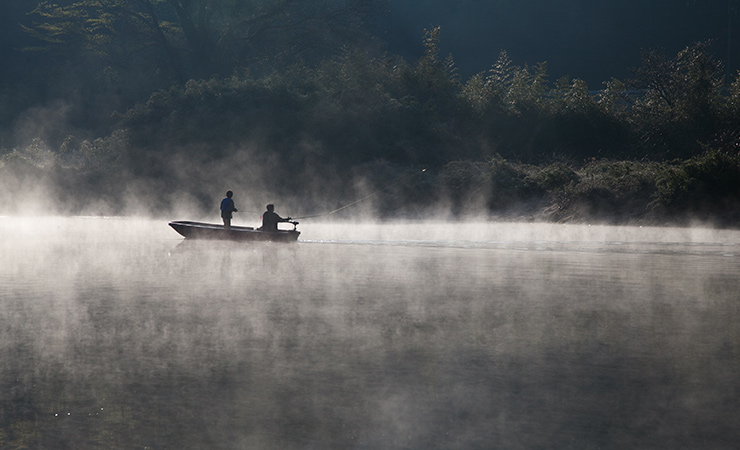Overfishing is one of the biggest threats to the health and stability of our oceans, but what’s a seafood lover to do in order to help ensure the health of our oceans? Here are some points to consider:
- Get to the Source. Figuring out where your seafood came from can be a tricky task! Our meat department’s staff is very knowledge about the seafood we carry. To get a better sense of sk them where and how is the fish caught? Once you have a good idea of your options, stick to the most sustainable choices. When in doubt, simply look for Ocean Wise labels.
- Farmed species: Look for fisheries that use a land-based closed containment design with freshwater recirculation technology. Farmed salmon raised in traditional net cages are kept in close confinement, which means there is an increased opportunity for disease to spread. To prevent this, farms administer chemicals and drugs directly into the water. Some of these chemicals and drugs may escape into the environment, raising the potential for antibiotic resistance, pollution, and furthering the spread of disease to other sea life like shrimp and lobster.
- Wild-caught: Look for species of fish that are resilient to fishing pressures and are abundant in numbers. Fishing methods that minimize damage to marine habitats and limit bycatch include: hook and lining (or pole catching), harpooning, and using baited traps and pots to catch specific species such as crabs, lobsters, and shrimp.
Dietitian’s Note: Ocean Wise does not make any recommendations about the health benefits or toxins such as mercury or other contaminants in our seafood. If you eat canned tuna, look for Canadian Albacore, which is much lower in mercury than other varieties, and stay away from high-mercury fish such as swordfish, shark, and king mackerel.

